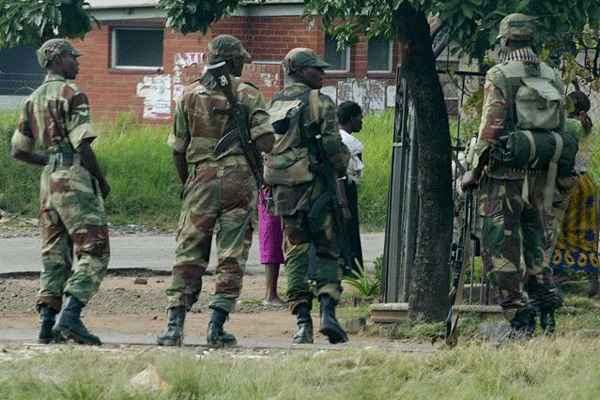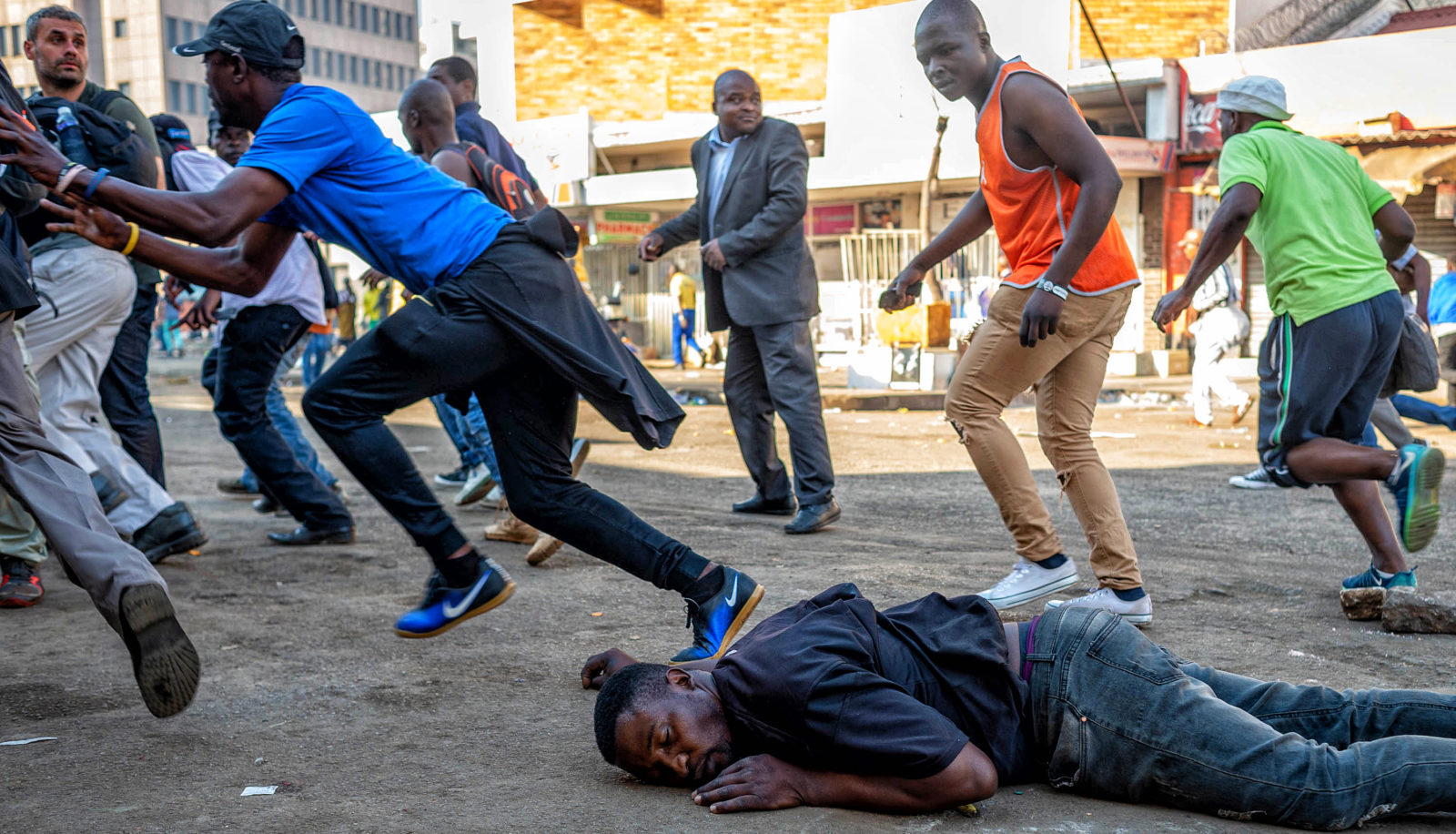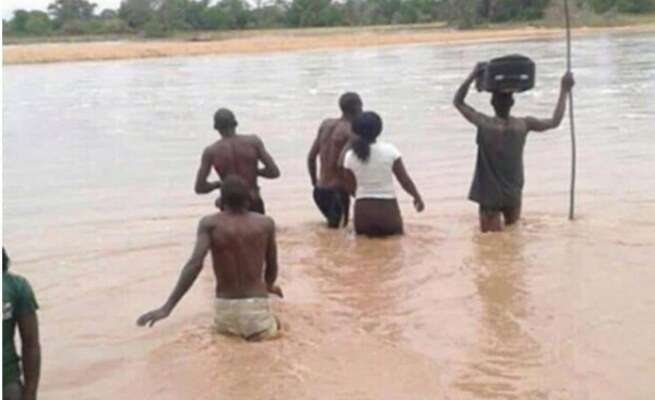
mathabelazitha/the anvil BY ZIFISO MASIYE
Grade 5, I must have been, when the war peaked around 1977. Our young faces were expectant, wide-eyed and almost excited at the increasingly frequent, spontaneous prospect of the arrival of one of three militant outfits to our ordinarily sleepy neighbourhood of Gwakwe, in my rural hood, Mtshabezi.
Except for Christmas and Parents Day and occasional “7-Days” bingeing rituals and funerals from which we were decidedly barred, vibrant community gatherings, whether voluntary or forced, were few and far between… and for us, tiny toddlers, it didn’t seem to matter that there were lives and guns involved.
The idea of all the community gathered under the shadowy glare of a moonlight on a bushy rock outcrop, singing freshly choreographed war-songs in excited and terrified unison, was thrilling.
Seeing palpable fear and terror in the eyes of various village authorities we hitherto considered supremely immortal and incapable of fear, the village bullies, our monster-teacher, the headmaster himself and the mfundisis and the sabhukus was a refreshing discovery of our mortal humility and a great source of humour at the dip tank and childhood hilarity on the school yard.
Every evening, as the sun set, you couldn’t mistake the rise of village tension and muted murmurs of which group of soldiers might pay us that frightful visit. Like death, something about war smells in the air. Unlike with us children, those days occasioned real fear, extreme anxiety and stress to the adult populations in the wards and villages.
Depending on numerous clear and no-so clear permutations of social relations in the rural community… villages, clans, homesteads and individuals became routine victims of respective warring factions.
Like its successor killer HIV and Aids, the war was considered a cruel and grim social leveller; the revenge of the poor! Depending on which military group visited you, the war was used to settle personal feuds and fuel long standing family grudges, to rip away the dignity of women and young girls, to flag the arrogance of the wealthy and shame those that played educated and sophisticated.
- Chamisa under fire over US$120K donation
- Mavhunga puts DeMbare into Chibuku quarterfinals
- Pension funds bet on Cabora Bassa oilfields
- Councils defy govt fire tender directive
Keep Reading
In many respects, the interplay between the Rhodesian Front, Zipra and Zanla in the lives of the communities fuelled tensions, intra-community suspicion, personal and family insecurity and heightened hatred and social inequality.
“Amasotsha”, as the Rhodesian soldiers were known, were clearly better resourced, arriving always in grand branding and rehearsed style.
They were clad in exquisite green camouflage and military wherewithal. We loved the occasional treat of canned beef and little goodies meant to bluff and entice some useful information about the whereabouts of Obhudi! The sprinkling of white soldiers in their teams was a source of awe to us children, but there was no doubt, this group was not well-liked by the community.
Their overall attitude was increasingly impatient and hostile and the stand-off between them and society became more and more obvious as the war wore on in spite of the largesse. They threatened and beat up ordinary people randomly.
They ransacked homes and picked up those they suspected of working closely with the revolutionary forces at will- in much the same way as we have experienced the same green army in our midst of late, 40 years after the last war bullet was fired!
The second group was Zipra, popularly known as Obhudi (our brothers). This group were as I have always known, Dumiso Dabengwa…measured, enigmatic, calm, polite and intent on finding space in our minds and securing a place in the hearts of the community.
In subtle ways they made it pretty obvious that they meant business and were not going to be toyed around with, but they invested obvious energy in outlining the mission of the war, the vision of Joshua Nkomo and the absolute necessity of an enduring partnership between community and the revolutionary army.
Their meetings significantly reserved a slot for a community leader to convey the views of the village and outline the community concerns and voluntary commitment to the struggle. This group immersed themselves in the community, ate with us, co-authored songs and sang and danced along with us.
They laid their arms down and sent their emissaries into the communities to pursue and solicit favour with young women they spotted in the village, competing with unarmed rival suitors.
They formed in me my enduring image of isotsha-eliphethe-umtwana. They won the confidence of the villagers and were well loved. It was known in the village that this was a highly competent and much feared section of the revolutionary army.
My personal meetings and work with Zipra supremo Dumiso Dabengwa is that very image of the deeply human veterans of the war — Isotsha Eliphethe Umtwana — a supremely sobre, grounded military that observes the highest standards of warfare and humble power-the military opportunity that Zimbabwe seems to have lost. May his Soul Rest In Peace.
The final military force that paid impromptu village visits and left indelible impressions in our minds was Zanla.
This group quickly earned the name “OPasi” for their frequent militant exhortation “Pasi nanhingi”, a chorus call to denounce and destroy anything and everything that holds a view contrary to their own. It is an inherent rebuttal of tolerance and diversity that I have found uniquely characteristic of the authors of the mantra pasi! This group were also known to the community as “Sadza nehuku”.
Unlike their counterparts, who ate whatever the hosts offered, Opasi would, on arrival, demand that they be fed chicken. Among other very unsavoury things, villagers from Mtshabezi know this force for effectively decimating their chickens between 1977 and 1979.
At nine, the group, led by one Sifinini, was my first real encounter with the Shona-speaking people and their language. I was intrigued by their loud manner of conduct. Their insatiable appetite, the sheer energy behind their robust and sexually explicit dance routines and the war-songs that drove the moon into morning hours. They appeared to me like a lot of clowns that revelled in helping themselves to women and food and instilling fear and terror in the hearts of communities.
“Ebhesini”, the concept of night-long base-station singing and terrorist orgies of torture, killings, rape and the ugly brunt of the war on citizens, was popularised by this gang, in much the same way they executed the post-war Gukurahundi — “war” on communities.
It wasn’t the most pleasant group of visitors to my village. My most chilling brash with Zanla was when word got around that somewhere in the village was an offspring of a serving policeman. My dad was in the police force and, at the peak of the war those and their kith and kin became direct targets of the liberation war fighters. Sifinini wanted my head. The story of another day is how my smart grandmother, NakaHlazo, managed in the dark of night to smuggle me out of the village under the seat of phelandaba bus, Number 29, into the safety of Bulawayo.
I write in the next instalment of my first taste of professional league football at Ross Camp, where I was overwhelmed by the juggernaut of Chauya Chikwata, Onias Musona, Max “Shaluza” Tshuma, William Sibanda (the original Wirri), Steven Kwashi and Musa Muzanenhamo. It was all before politicians and leaders of division infused in me the concept of tribe, me, us, them and intolerance!
*TO BE CONTINUED
Zii Masiye ([email protected]) writes elsewhere on social media as Balancing Rocks.











